4 Types of Reading Skills and Strategies to Enhance Reading Speed
What are Reading Skills in Communication?
Reading is a matter of making sense of written language rather than decoding print to sound. It is the process by which we make sense of a text.
It is a dialogue between the reader and the text. Reading is a completely individual activity and people read at very different levels and speed.
In learning, it is reading that leads to perfection because books are the storehouse of knowledge.
Francis Bacon says, “Reading maketh a full man.”
According to Addison “Reading is to the mind, what exercise is to the body.”
Goodman defines reading as “a psycho-linguistic guessing game.”
Eddie Williams says, “Reading is a process of obtaining meaning from written text.”
According to Frank Smith, “Reading is the reduction of uncertainty.”
The end product of reading is comprehension.
Reading Comprehension
By comprehension, it is meant, the degree to which the reading able to extract relevant information from a text.
During the process of reading, an encoder and a decoder get involved in the sending and reception of the message respectively.
The encoder is the writer who acts as the sender of the message, and the decoder is the reader who acts as a recipient. Reading requires the reconstruction of the message.
It demands thinking and planning on the part of the reader. The reader has to distinguish the core of the text from the supporting ideas and at the same time, he has to recognize the hidden meanings.
The total act of reading is a “decision-making” process as the reader attempts to discover meaning according to his own sense.
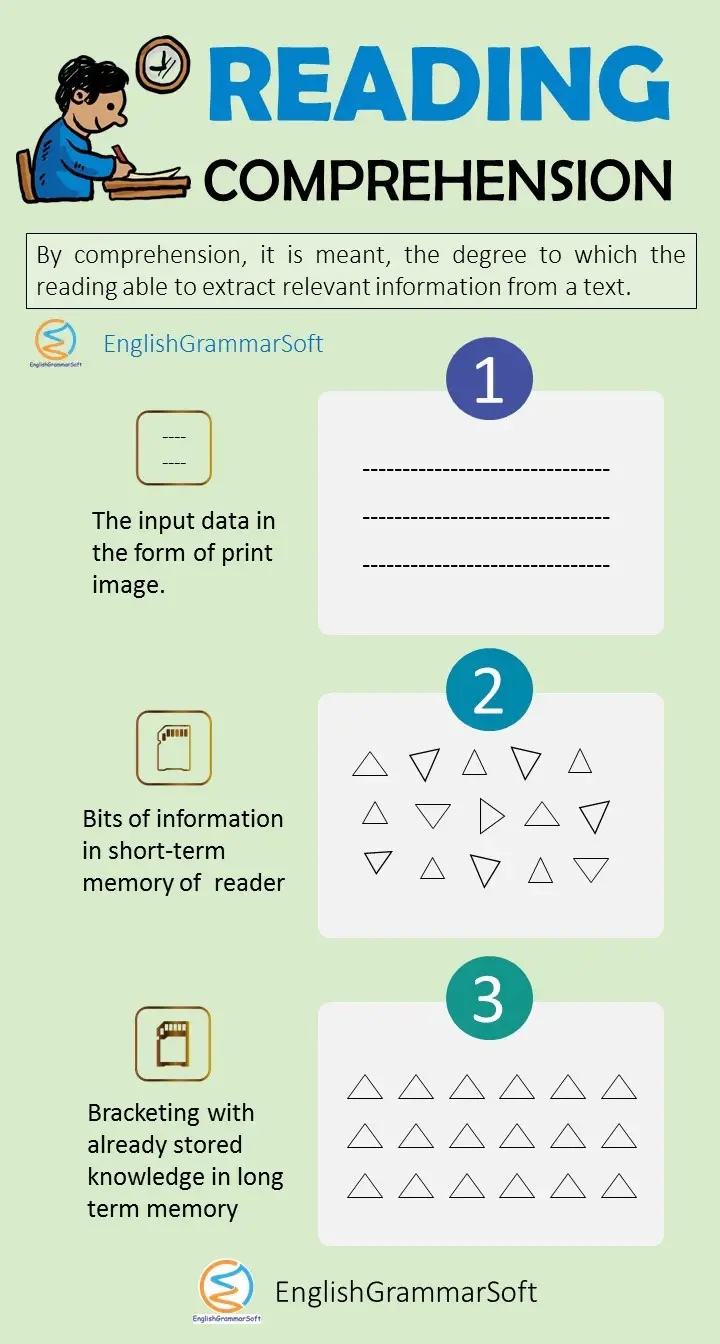
During the process of reading, the reader:
- Receives the image of words/symbols through eyes as visual information (if he is blind, he detects it through touch);
- The segments of information are held, for a short time, in the short-term memory;
- The information is transferred to long-term memory where the fresh information is linked with already stored knowledge. If there is any information gap in the input data the reader can bridge it with already stored knowledge, making a sense of the message conveyed to him through written symbols.
Principles of Reading
While reading a reader has to keep in mind the following points:
- First of all, preview the title, contents and preface to get the general idea about the text.
- Read the passage at the normal speed.
- Try to guess the meaning of the unfamiliar words through the context.
- Skip over unnecessary information.
- Scan the text to get specific information as quickly as possible.
- Skim the text to get the gist of the material.
- Distinguish between the writer’s opinion and statement of facts.
- Infer the mood of the writer.
- Read silently
- Locate the topic sentence for a paragraph.
What are the four types of reading skills?
Following are the kinds of reading.
i – Intensive Reading
Intensive reading is the close reading of a short text. It is a kind of reading that aims at accuracy of comprehension. It involves the reader in great attention to detail. Here, the reader has to learn the meaning of each and every word. It is considered a useful tool of learning a foreign language.”
ii – Extensive Reading
This kind of reading emphasis less on accuracy and more on gaining fluency. It is done out of the classroom and meant for reader’s own pleasure. Day and Bamford suggest that the motto of extensive reading “reading gain without pain.”
iii – Skimming
Skimming means to go through the text quickly to grasp the overall meaning or gist of it. It is to extract the main theme or the core of the text by a quick reading process. The reader does not pronounce each and every word of the text, rather he focuses his attention on the subject matter, an overall view of the text, and prepares himself to answer such questions:
- Summarize the given text.
- Give main points of the text.
- Rewrite the subject matter in your own words.
- Give a suitable title to the given passage.
- Extract the central idea of the text.
Such questions indicate that skimming is like global listening.
How Skimming takes place
- Be attentive to the clues and indicators like titles, headings, subheadings and typographical indicators (words in italics or bold letters) of important ideas.
- In an essay, read the first and the last paragraph to grasp the subject matter with clarity of concept.
- Read the first sentence of each paragraph, as a thesis statement or a topic sentence that means the sentence containing the stand-point or main idea.
- Look at picture and diagrams with captions or words written below them.
- Note numbers, date and words that seem important.
iv – Scanning
The sub-skill of reading by which the reader collects a particular information from the given text is known as scanning. The technique of scanning involves the ability to reject or ignore irrelevant information. In order to locate a specific piece of information, the reader has to go through the text quickly and focus his attention on the relevant part of the text. For example:
- Look up a word in the dictionary for meanings.
- Search out a telephone number in the directory.
- Find out result of a candidate from the Gazette.
- Locate weather conditions or functions in town in the newspaper.
- Extract the list of works from the biographical sketch of a writer.
Procedure for Scanning
- The required information has to kept in the mind of the reader.
- Decide which clues will be helpful in finding out the specific information.
- A brisk eye movement on the pages of the text.
- Read the part of the text which contains the clues leading to the required information.
The clues which help the reader to find out a particular piece of information may be a full sentence some words, a single word, a punctuation mark, alphabetical order, or numbers etc.
The development of scanning skill needs training of eyes to move quickly, looking for the clues related to the required information. Scanning is useful to answer the questions such as:
- Fill in the blanks.
- Mark True or False.
- Multiple Choice Items
- Short answer/question
Reading Speed
By adopting following important points about reading we can develop a foundational work to enhance reading speed;
Reading is:
- An active as well as a receptive skill.
- Decoding a message.
- Extracting information from a text.
- Getting specific questions answered.
- Making sense of the text an interactive process.
- Predicting and interpreting.
- Referring to and inferring information from a text
- A constant process of guessing
- Constant making and remaking of hypothesis
The following principles of learning to read may also be considered as pre-requisite for developing appropriate speed in reading:
- The reader must develop the basic sense of what print looks like and how it works.
- The learner needs to develop the basic sense of what print looks like and how it works.
- He has to develop the ability to think about words as a sequence of phonemes or building blocks of spoken language. He should understand that sentences are made up of strings of separate words.
- Awareness of spelling patterns that recur across words hastens progress in reading.
- Although the ability to sound out words is important for learning to read, it is not enough. Written language is not just speech written down. Instead text brings new vocabulary new language patterns new thoughts etc. The reader must also learn to take the time to reflect on these aspects of the text.
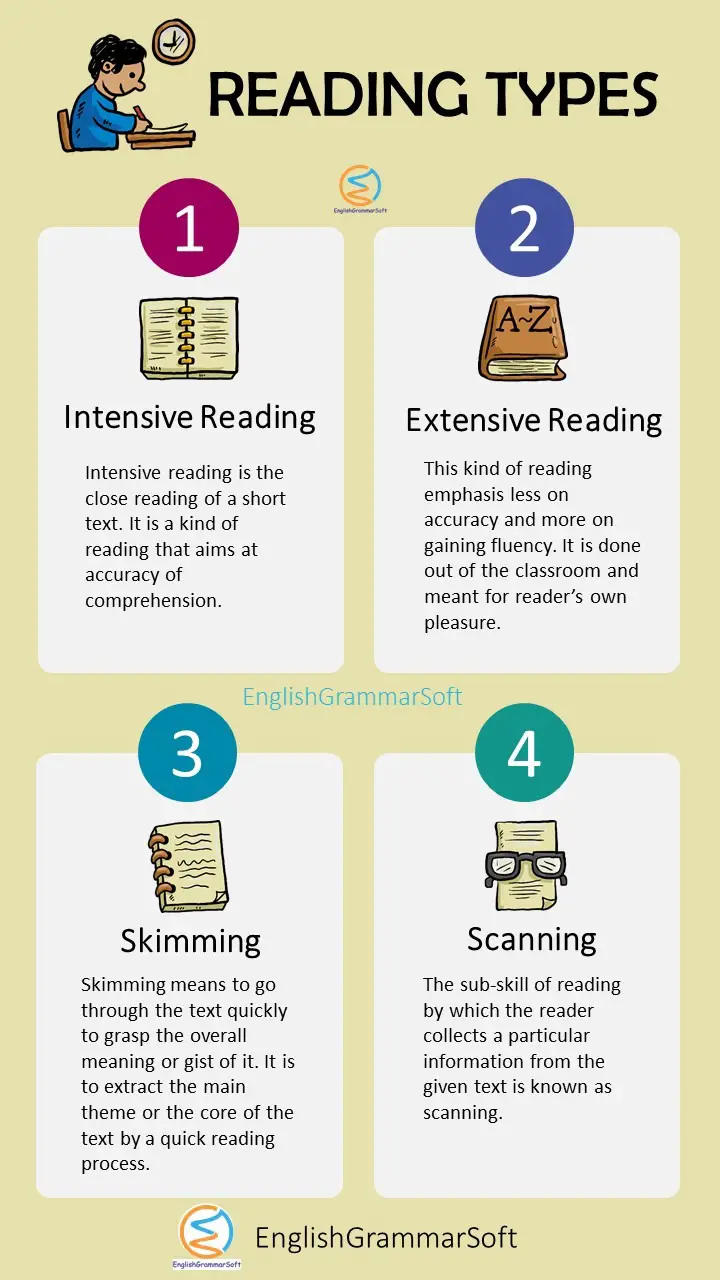
Strategies to Enhance Reading Speed
Reading in Chunks
In this technique our eyes take the view of group of letters and words. The reader should develop the ability to read in chunks to take in four or five words in a single eye glance.
Inferring the Meanings
There is no need to stop at difficult words just to look up their meaning in a dictionary. The difficulty can be faced by guessing the meanings of the words, keeping in view the context of their use. If the reader develops the skill to use clues, structure and context to guess the meaning, the interest can be maintained alongwith improvement of reading speed.
Pre-viewing
The reader should make himself conscious of the layout, headings, sub-headings, paragraph indentations and various type-faces or fond of composing the text. Paying attention to the printed format can speed up reading comprehension.
Anticipation
If the reader prepares himself to guess what is likely to occur next in the text, he can improve the speed of reading. This is some sort of anticipation while reading the text. He can use certain clues like the title and sub-titles etc, that may give him an idea about the chapter or contents of the book.
Silent Reading
Loud reading reduces the speed of reading as each word has to be pronounced according to stress and intonation patterns. Silent reading recommended to save time by establishing a direct link between visual impact and comprehension. It will certainly enhance the speed of reading.
SQ3R
SQ3R is a systematic process of reading by which reading speed as well as comprehension (understanding) can be enhanced.
- S stands for survey
- Q stands for question
- First R stands for read
- Second R stands for recall
- Third R stands for review
Faulty Reading Habits
Most of the students do not enjoy reading books, rather they take them for examination purpose as a burden. Moreover, when they start reading they face many problems due to their faulty reading habits. If they set-aside their faulty reading habits they will feel comfortable with the textual material and enjoy reading.
Here, we try to identify some faulty reading habits which are creating problems for the students.
- Finger Movement
- Head Movement
- Vocalization
- Lips Movement
- Reading without understanding
- Reading without awareness of objectives
- Word by word Reading
- Reading without guessing meaning
Strategies to Enhance Reading Skills
Good readers have a wide range of effective approaches to texts and they can choose a strategy suitable to a given text. One of the goals of foreign language reading instruction is to provide students with as many strategies as possible.
- Use previous knowledge to predict what is presented in the following text.
- Skip some difficult parts of the text but get the outline of the text.
- Guess unknown words and phrases by using the clues or context.
- Realize what are important parts in a text and leave out automatically the unimportant ones.
- Do not dependent on text information through bottom-up processing but utilize actively top-down processing. The imagination of the reader is very important during reading, and his vicarious reading is an effective strategy.
- Change reading strategies according to the nature of text. There are different kinds of text and strategies of reading should differ according to the kinds of text.
- Take the reading of text actively. Activating schemata is especially useful for foreign language learners. According to Schema theory, readers acquire information from text not passively but actively. Inference, generalization and personal-involvement make good readers.
- SQ3R formula (described earlier) is also a good strategy to enhance reading skills.
Activity to develop reading-based on authentic material
Check your reading speed by using the following formula:
60 x total No. of words = Words per minute
The time in seconds
Scale of Speed in Words per minute:
170-200 Slow
200-250 Average
250-300 Above average
300-400 Fast
400-above Very fast
Frequently Asked Questions
How long does it take to read 89000 words?
The average reading speed of a person is about 250 words per minute. If we calculate at this speed, it will take 4 minutes to read 1000 words and 356 minutes to read 89000 words.
What can help you read better?
Reading is a skill that can be improved with practice. Some people are better at reading than others, but it’s something we can all do better with a little help. Here are some tips for improving your reading skills:
1 Read for pleasure.
2 Take a good look at the text.
3 Use comprehension strategies (making inferences, summarizing).
4 Use visual cues to help you remember what you’ve read.
5 Using a highlighter or pen to mark up what you’re reading.
How many pages Bill Gates read per hour?
An average person reads 40-50 pages per hour but the reading speed of Bill Gates reads about 150 pages per hour, an unbelievable speed.
How can I improve my reading fluency skills?
There are many ways to improve your reading fluency skills. Here are some tips to help you get started:
1) Read more often. The more you read, the more fluent you will become. Try to include reading in your daily life as much as possible.
2) Practice reading aloud or reading with expression to increase your fluency and make it easier for others to understand what you are saying (and vice versa).
3) A good reader is someone who reads in a relaxed manner. A good reader doesn’t try too hard or anxiously worry about getting every word right. Instead, he or she just reads naturally and easily with an alert mind and relaxed body.
Further Reading
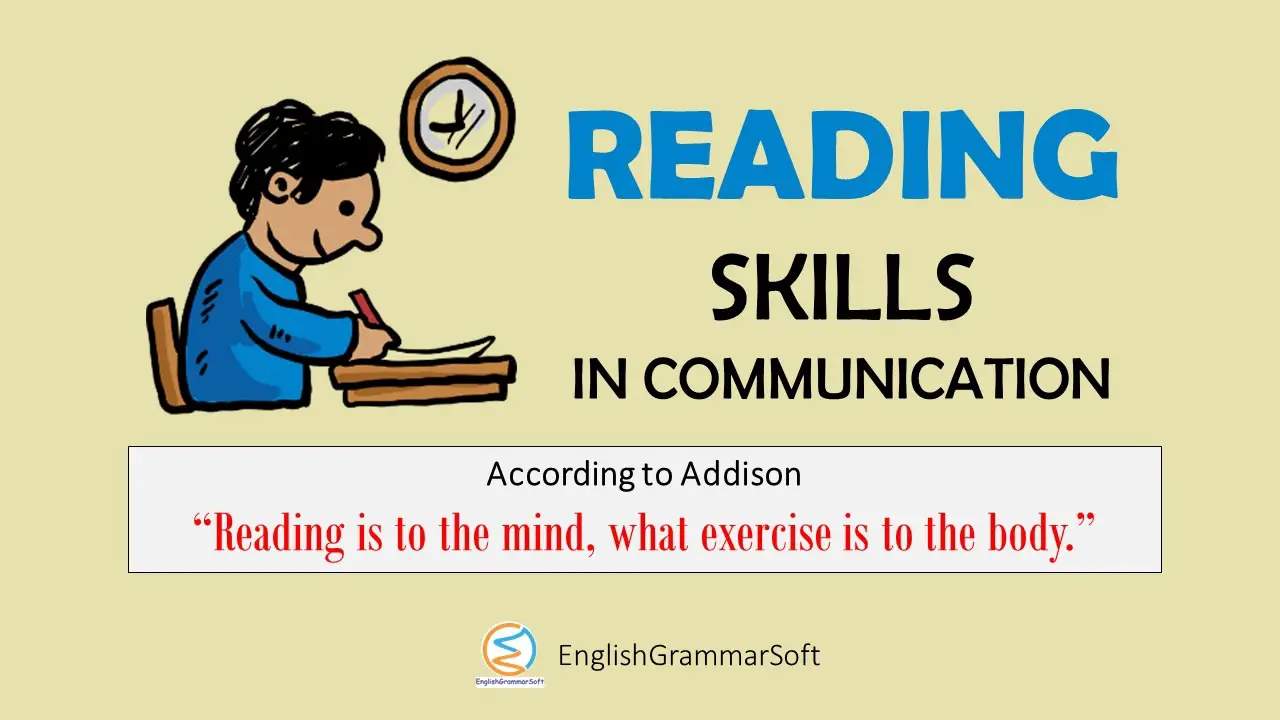
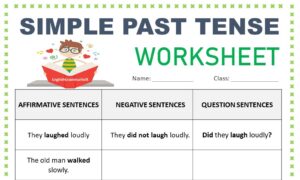
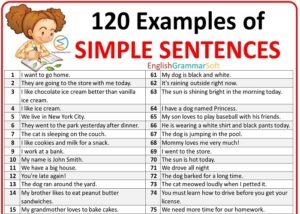
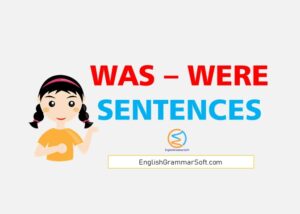
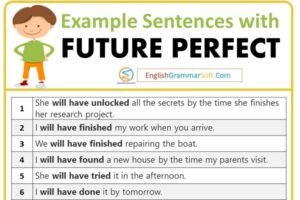
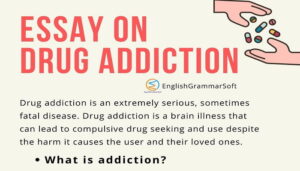
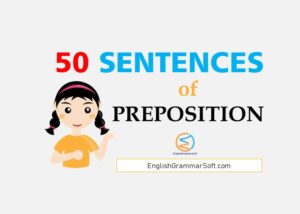
It is a comprehensive article. Thanks!
Very detailed and informative. Good
it covered want i was in need